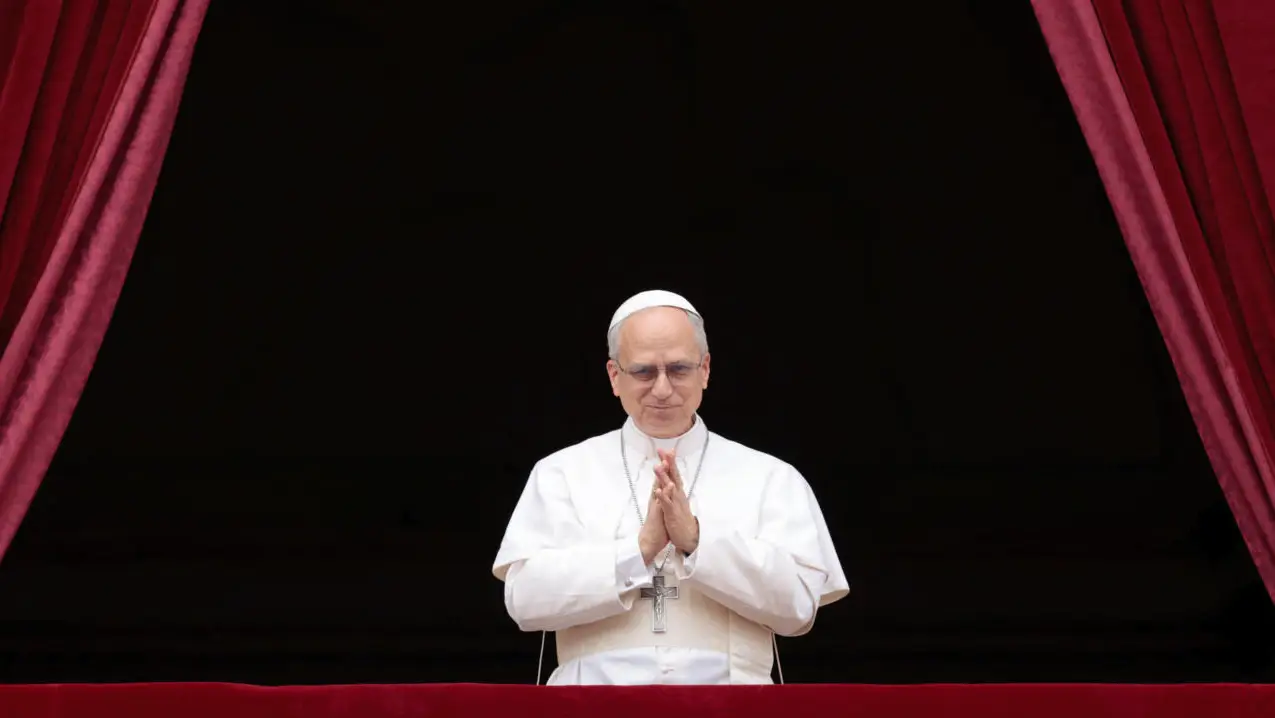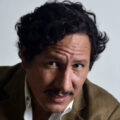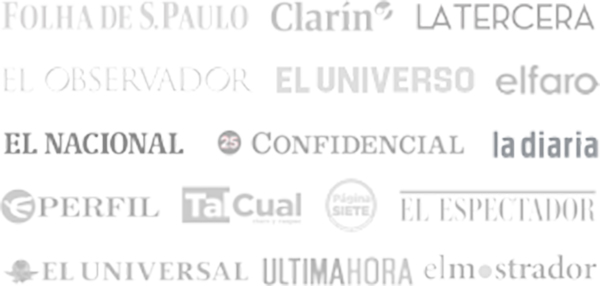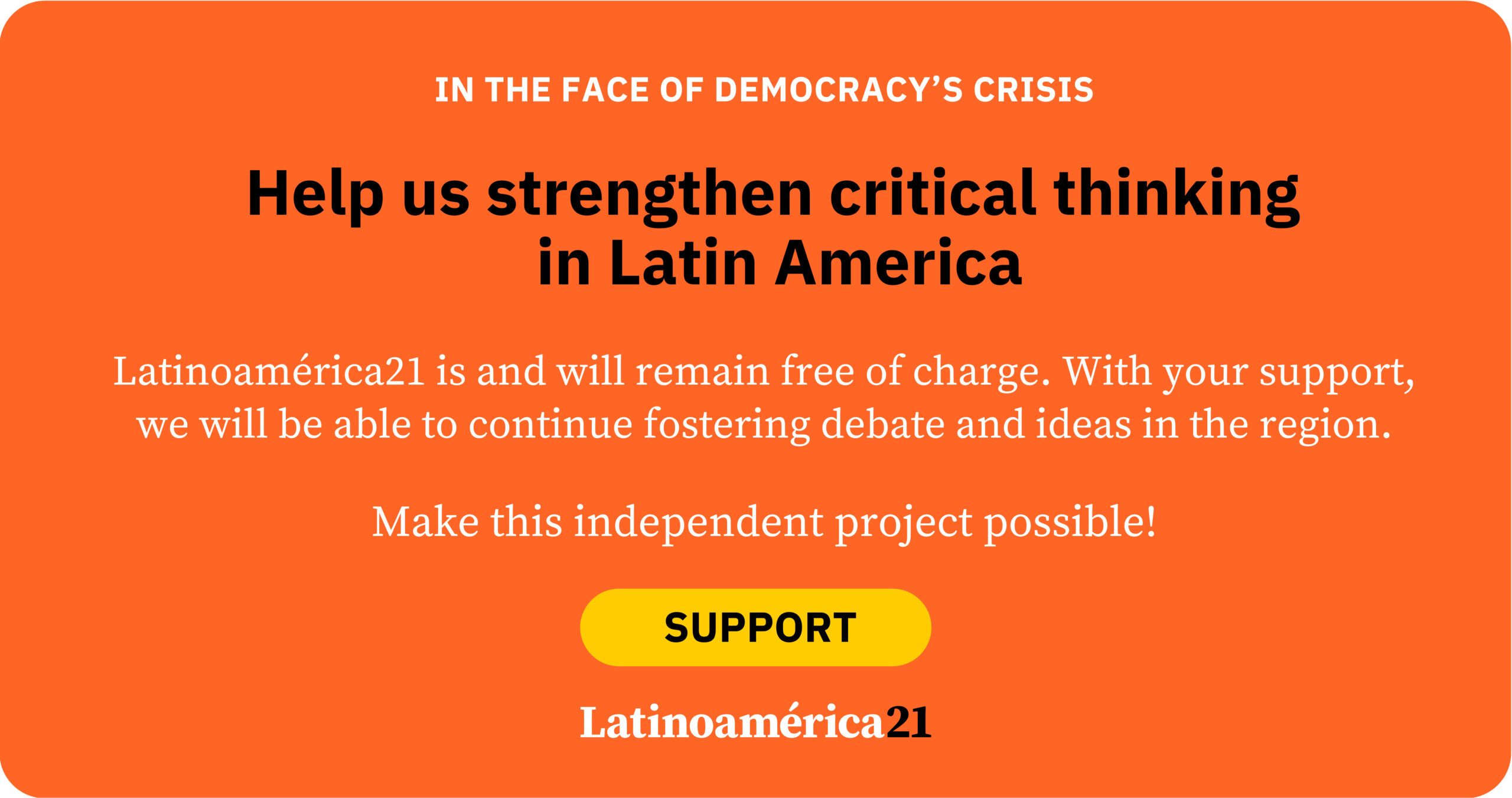The election of Robert Francis Prevost, now Pope Leo XIV, has sparked interest not only due to his pastoral profile, existentially tied to a country like Peru with its glaring social inequalities, but also for what his election represents within the recent history of the Catholic Church. Born in the United States and with over four decades of pastoral experience in Peru—and therefore in Latin America—Leo XIV symbolizes the continuity of a Church marked by sensitivity toward the Global South, reinforcing the turning point initiated by his predecessor, Pope Francis.
From a theological perspective, the sign of the times is affirmed, as a continuation of the pontificate of Francis (2013–2024), which brought about a profound reorientation of ecclesial praxis, particularly through its emphasis on social justice, integral ecology, and heeding the cry of the poor and excluded. This stands in contrast to the more doctrinal approaches of his immediate predecessors: John Paul II (1978–2005), who opposed communism during the Cold War and censured liberation theology, while at the same time consolidating the Catholic Church’s global influence and strengthening its conservative sectors, and his successor, Benedict XVI, who defended doctrinal orthodoxy against cultural relativism, upholding a more rigid vision of ecclesiastical authority.
With the election of Leo XIV, the Church’s direction appears less focused on doctrinal control and potentially more open to dialogue with the peripheries. The new Pope may be labeled “communist” by ultraconservative sectors, but his theological horizon falls within the tradition of Catholic Social Teaching, accompanied by a renewed hermeneutic of mercy—embracing and decriminalizing, for instance, LGBTQI+ movements—alongside his critique of neoliberalism, his outreach to Indigenous communities, and his support for a synodal vision of the Church. This positions him as a progressive figure within an institution traditionally resistant to change.
The arrival of Leo XIV seems to maintain this course, albeit perhaps with a more discreet profile shaped by his missionary experience in Peru. Prevost arrived in the municipality of Chulucanas, in the Piura region, in 1985, after being ordained in the Order of St. Augustine. During those years, he was called to accompany and support the population through the aftermath of one of the most destructive El Niño phenomena of the 20th century. In his pastoral experience, he took political stances, such as the necessary—yet never issued—call for a sincere apology from former President Alberto Fujimori for the crimes and injustices committed during his government in the 1990s.
His pastoral sensitivity toward the most vulnerable populations of the city of Chiclayo led to his appointment by Pope Francis in 2014 as apostolic administrator of the diocese, and later as bishop of that city. During his long tenure in northern Peru—and unlike Francis—Robert Francis became fond of football, especially the local team Juan Aurich, and in Chiclayo—a hub of pre-Columbian and pre-Incan societies—he immersed himself in the archaeological, artistic, and religious heritage of great significance to humanity.
In this context, it is worth asking: what kind of leadership is being shaped today within the Catholic Church? One centered on doctrinal orthodoxy and the defense of the status quo, or one that is pastoral, dialogical, and open to the tensions of the contemporary world? In a global scenario marked by the rise of religious populisms, the political and economic instrumentalization of faith, and growing social inequalities, the figure of Leo XIV will play a key role as mediator, prophet, and defender of the most vulnerable, including through the expansion of legitimacy for government policies of social inclusion.
It is highly likely that some tensions will persist within the Catholic Church, where many Christians question the advance of conservative theological currents that openly express intolerance, dogmatism, and even an ahistorical view of the Bible. They are also critical of the growth of neopentecostal churches associated with prosperity theology, which exalt an individualistic, meritocratic vision often contrary to the evangelical principles of solidarity, humility, and service. Leo XIV does not represent a rejection of religious plurality, but rather a warning against the dangers of spirituality aligned with exclusionary and authoritarian forms of power.
Ultimately, the true challenge for Leo XIV—and for the Catholic Church in the 21st century—is not doctrinal but evangelical: how to remain faithful to the message of Christ in a rapidly changing world. The continuity of Francis offers an opportunity to consolidate a model of Church that is more synodal, ecumenical, Samaritan, and committed to human rights: a Church that must continue to speak from and with the peoples of the South.
*Machine translation proofread by Janaína da Silva.













